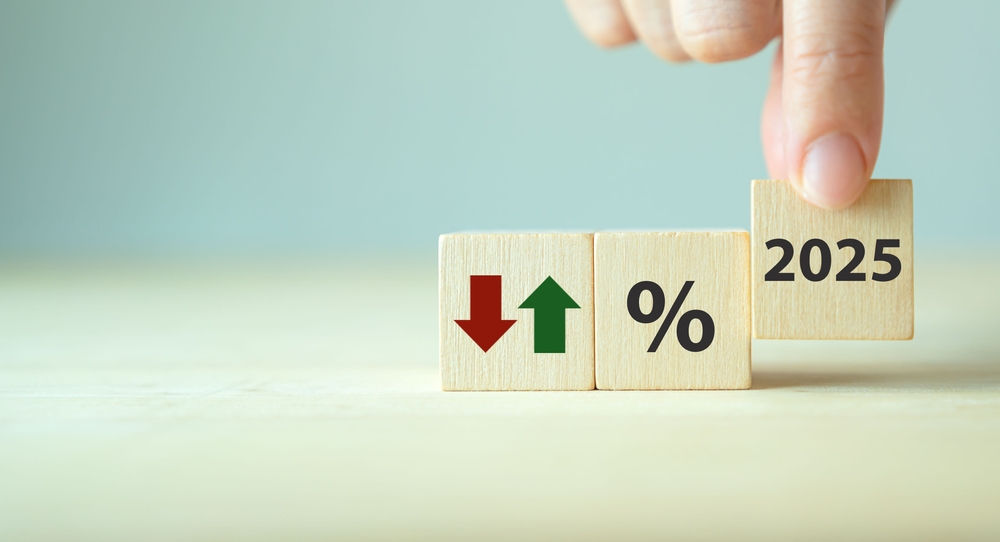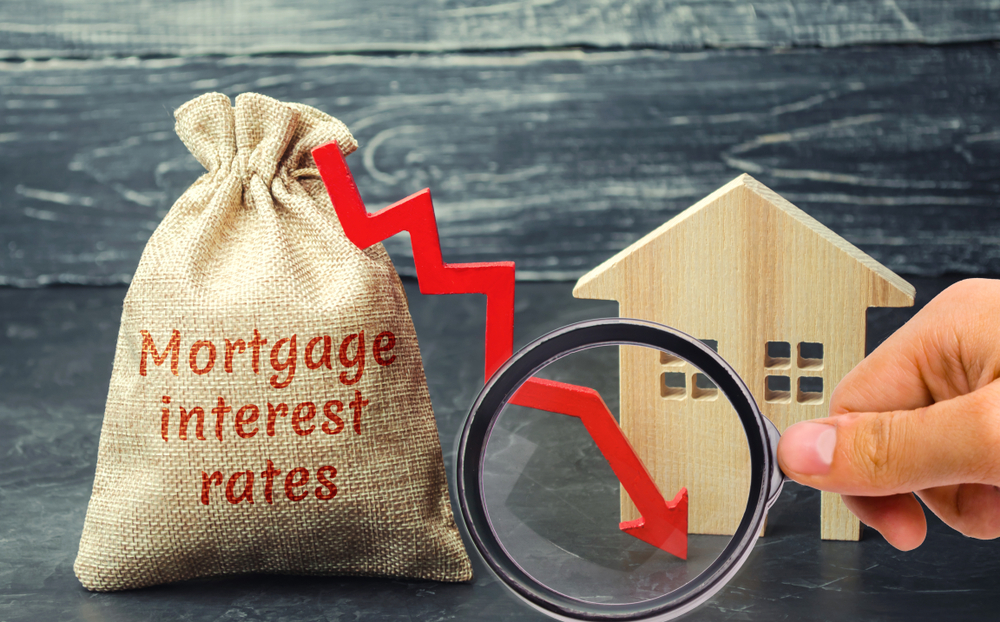Mortgage rates, credit card APRs, and other forms of consumer and business borrowing tend to fluctuate based on Federal Reserve rates and broader economic policy consulting measures. Under the Trump presidency, questions about interest rate policy took center stage: Would rates climb continuously, or could borrowers soon see lower costs that might boost homebuying, small business expansion, and consumer spending? By examining the factors that influenced rate decisions during the Trump administration and exploring the interplay of fiscal policy, regulatory changes, and market reactions, we can gain insight into when—if ever—borrowers might expect a break in their monthly loan payments.
During much of the Trump era, conservative economic strategies, including tax reforms and deregulation, were believed to stimulate business confidence and job creation. Simultaneously, the Federal Reserve operated with a measure of independence, calibrating rates to curb inflation or facilitate growth, as needed. Yet, this delicate balance often led to questions about short-term gains versus long-term sustainability. In the pages that follow, we’ll discuss how various forces shaped interest rate policies and the prospects for mortgage refinancing or loan interest calculations relief under a conservative economic agenda.
I. Interest Rate Policy Under a Trump Presidency
Shifting interest rates are driven not only by presidential influence but also by the Federal Reserve’s dual mandate: stable prices and maximum employment. A pro-business climate can encourage growth, which sometimes compels the Fed to raise interest rates to prevent runaway inflation. Conversely, economic slowdowns or underwhelming data could push policymakers to cut rates. Although a president does not singlehandedly dictate monetary policy, the administration’s fiscal directions—tax cuts, spending priorities, and deregulation—exert powerful sway.
Key dynamics at play included:
- Tax Overhaul: The large-scale tax cuts implemented under Trump were intended to energize economic activity, but they also sparked concerns about budget deficits. Some economists argued deficits might drive rates higher over time.
- Deregulation: Rolling back regulations on certain industries, particularly finance and energy, fueled corporate investment but also introduced volatility, sometimes influencing rate expectations.
- Global Market Pressures: Trade disputes and geopolitical tensions impacted investor sentiment, occasionally prompting the Federal Reserve to reconsider its rate trajectory.
Though Trump often publicly called for lower interest rates to stoke economic activity, the Federal Reserve maintained a measured approach, raising or cutting rates based on labor market reports, inflation data, and consumer confidence indices.
II. When Do Rates Go Down?
A. Indicators That Influence Rate Cuts
-
Slowing Economic Growth
When GDP growth decelerates, the Federal Reserve might lower rates to encourage businesses and consumers to borrow and spend. This strategy spurs short-term economic activity and can cushion an impending downturn. -
Market Volatility
Political uncertainties or global incidents—trade standoffs, abrupt policy shifts—can push investors into safer assets. If the Fed senses that these pressures jeopardize stable growth, it may cut rates. -
Tame Inflation
If inflation remains consistently below target ranges, the Federal Reserve may see room to reduce rates without risking a price spiral. Under these circumstances, mortgages, car loans, and credit card rates can drop accordingly.
B. Practical Timelines for Borrowers
Timing an interest rate drop is inherently speculative, especially when a Trump presidency or any administration influences overall economic policy. Nonetheless, homeowners seeking mortgage refinancing often look for signals such as Federal Reserve statements, sudden unemployment shifts, or changes in consumer sentiment before locking in a new rate.
Borrower’s Tip: Monitor quarterly Fed updates, paying attention to language like “softened economic outlook” or “continued low inflation,” which can foreshadow a potential cut in the coming months.
III. Impact of Conservative Economic Agenda on Rates
Despite often favoring lower rates, conservative administrations typically prioritize curbing inflation and protecting the dollar’s value. The rationale is that stable prices and strong currency fundamentals will benefit businesses and the workforce in the long run. As a result, an interest rate policy reflecting this conservative economic agenda might involve incremental adjustments, up or down, rather than radical swings.
Steady vs. Reactionary Approaches
- Steady Approach: Allow moderate rate hikes during economic booms to avoid overheating. This stance maintains the Fed’s capacity to lower rates later during a downturn.
- Reactionary Approach: Push for aggressive cuts to stimulate immediate growth, which can benefit political objectives but carry risks of future inflation or asset bubbles.
During the Trump era, these competing philosophies sometimes clashed. The administration’s public calls for cuts stood in tension with a Federal Reserve wary of fueling inflation or distorting long-term market equilibrium.
IV. Case Studies: Rate Movements and Outcomes
-
Late-2018 Rate Hike
- Context: The economy was running hot, with low unemployment. The Fed, despite criticism from the president, raised rates to temper potential inflation.
- Outcome: Borrowers faced slightly higher monthly payments, but the Fed believed the rise protected the economy from overheating.
-
Mid-2019 Adjustments
- Context: Global trade uncertainties, especially with China, created market turbulence. Business optimism wavered.
- Outcome: The Federal Reserve implemented a series of small rate cuts, appealing to some in the White House. Mortgage refinancing picked up modestly as homeowners seized improved rates.
-
Pandemic Shock
- Context: Although late in Trump’s term, the COVID-19 crisis forced the Fed to slash rates drastically to maintain liquidity and prevent a financial meltdown.
- Outcome: Rates fell near historic lows, jumpstarting a wave of mortgage refinancing and business loans.
V. Reading the Economic Tea Leaves
Anticipating a Rate Decline
Borrowers looking for clarity often turn to economic policy consulting experts who track inflation trends, job market data, and global events. While a “Trump presidency” can set the stage for certain policy directives—tax incentives, trade deals, or deregulation efforts—unexpected events can always arise. Consequently, the path of Federal Reserve rates is best understood in the context of:
- Employment Reports: Higher job growth can push rates upward; stagnant employment sometimes signals potential cuts.
- Inflation Figures: When CPI or PCE indexes stay below target, the Fed might ease rates.
- Public Statements by Key Decision-Makers: Speeches from the Fed Chair or Treasury officials can hint at upcoming policy shifts.
VI. Conclusion
Forecasting when rates will finally fall is never an exact science, and under a Trump presidency, the interplay between pro-business fiscal measures and the independent decision-making of the Federal Reserve could produce more measured rate movements than drastic shifts. While conservative voices may champion lower interest rates to fuel growth, they also place a premium on controlling inflation and protecting the value of the dollar—two factors that can slow the urgency to cut rates.
For borrowers, patience and vigilance are key. By understanding the core drivers of rate decisions—economic performance, inflation targets, and global market stability—you can time your mortgage refinancing, personal loans, or business expansions more effectively. Whether your inclination is to wait for a dip or lock in a current offering depends on your financial goals and risk tolerance. Ultimately, the best strategy merges your personal outlook with the broader signals of the Fed’s policy directions, mindful that any administration’s preferences can shift with evolving economic realities.


